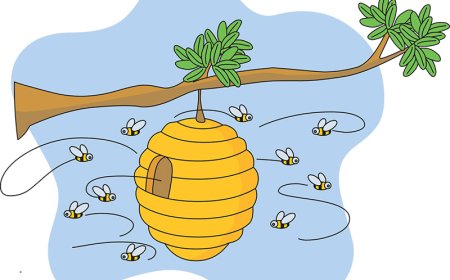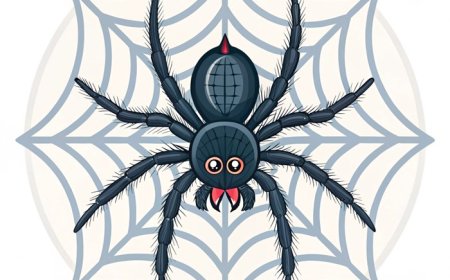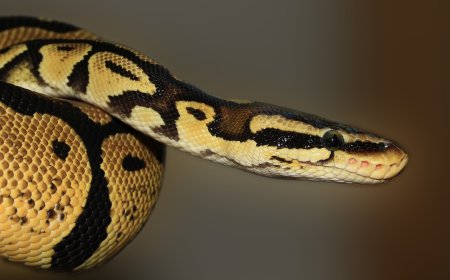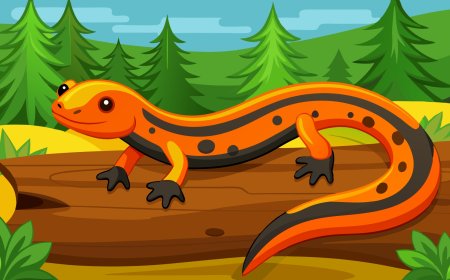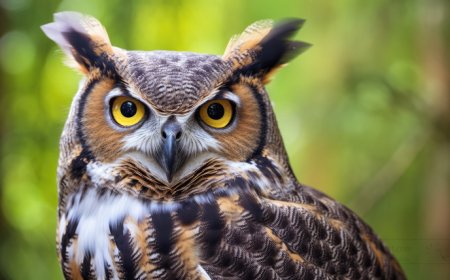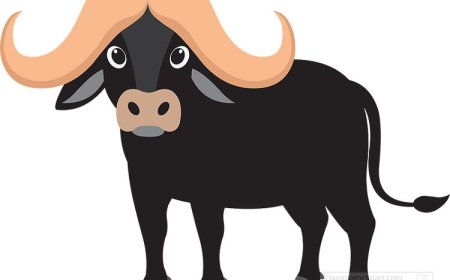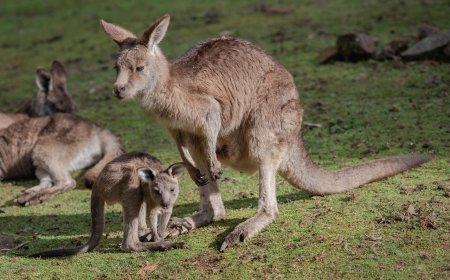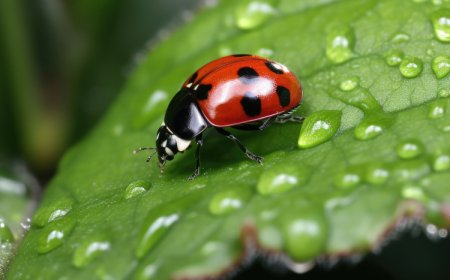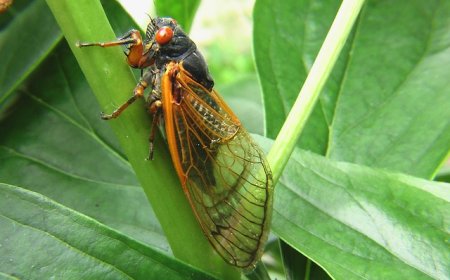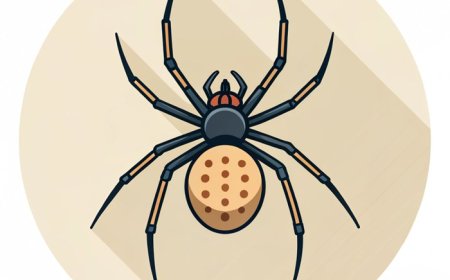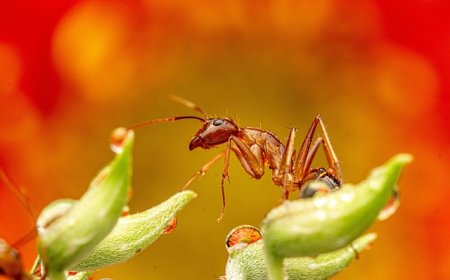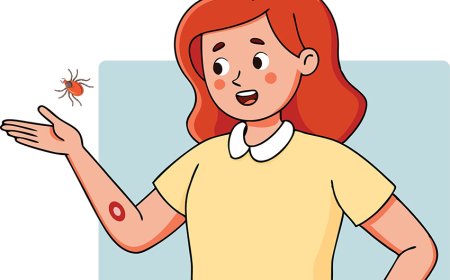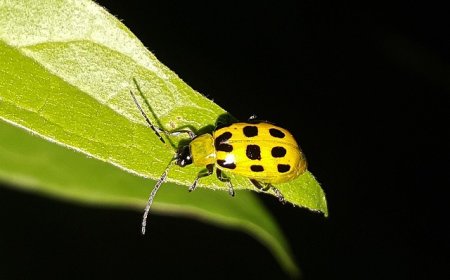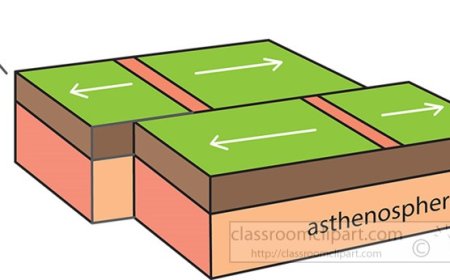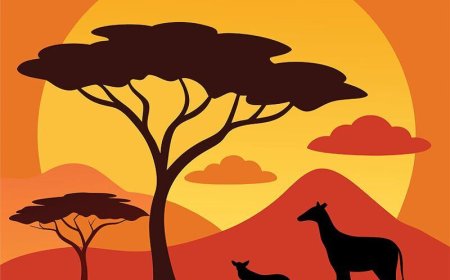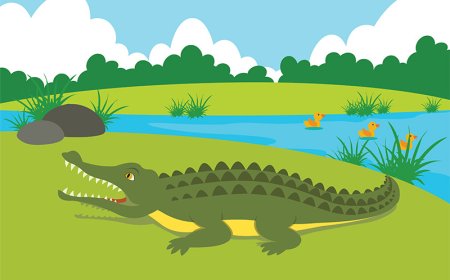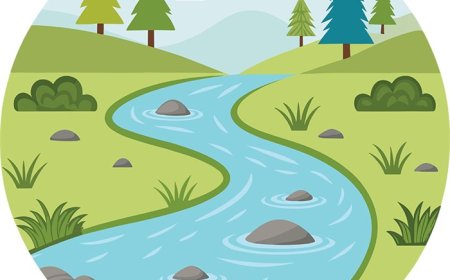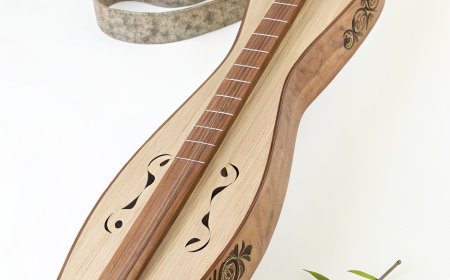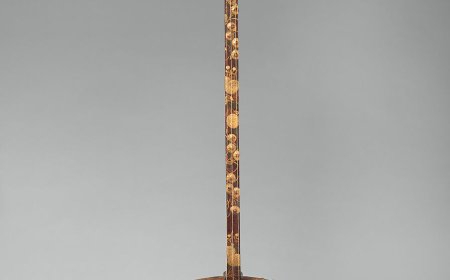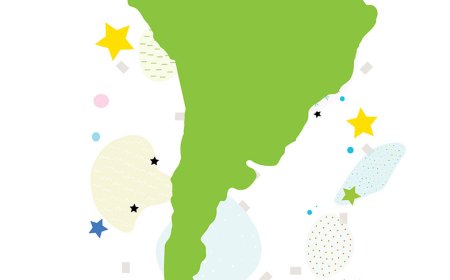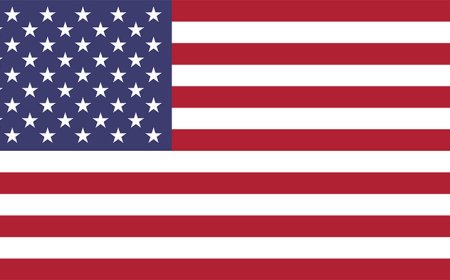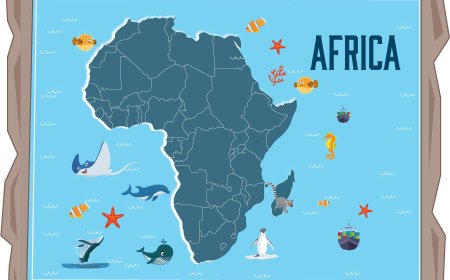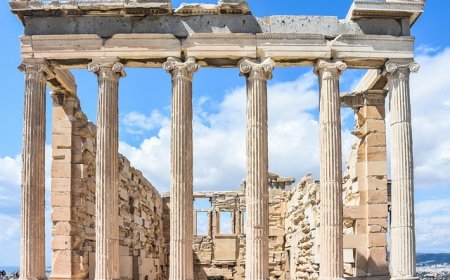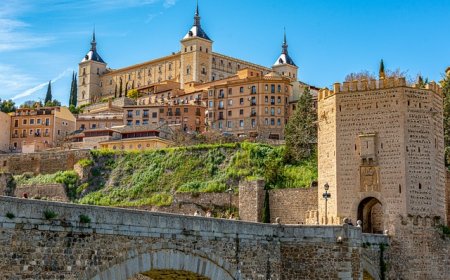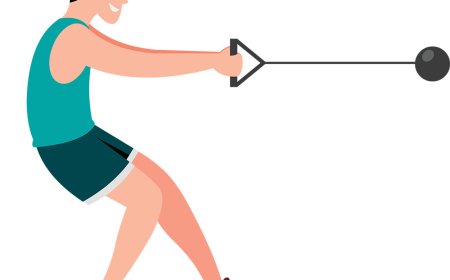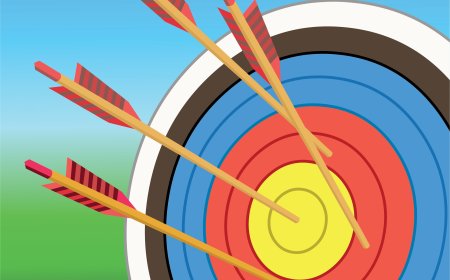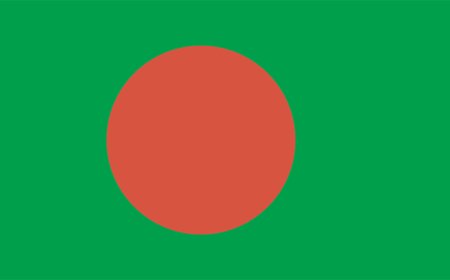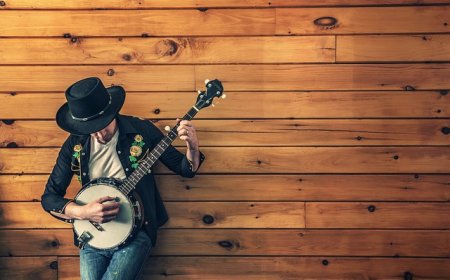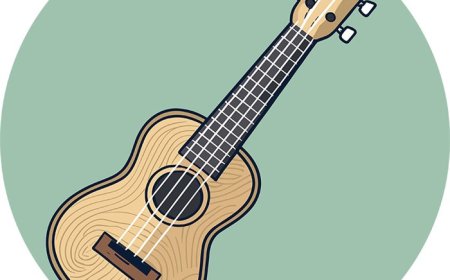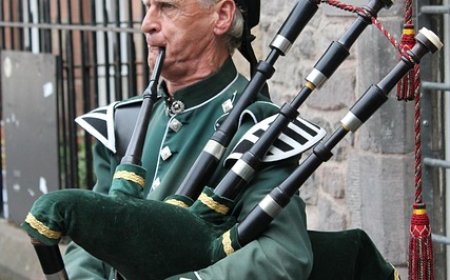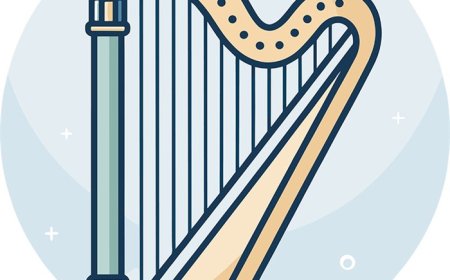Kalimba Facts for Students | Learn All About the African Thumb Piano
Discover the kalimba, a thumb piano from Africa that creates soothing music. Learn how it works, its history, cultural roots, famous players, and how to play it.
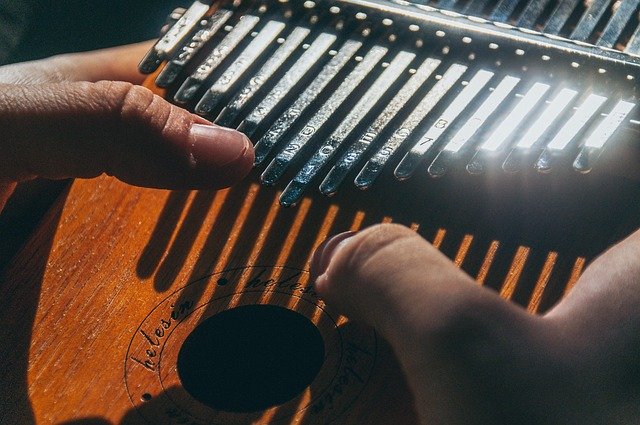
🎼 All About the Kalimba
🥇 Introduction
The kalimba is a small, musical instrument from Africa, often called a "thumb piano" because it's played by plucking metal keys with your thumbs. Its gentle, soothing tones make it a favorite for both beginners and professional musicians. Easy to carry and fun to learn, the kalimba is perfect for relaxation, creativity, and storytelling through music. While small in size, it has a deep cultural history and a beautiful, peaceful sound that brings joy to people all over the world.
🎶 What Is a Kalimba?
The kalimba is a type of lamellaphone, which means it produces sound by plucking thin, metal tines. These tines are mounted on a wooden soundboard or resonator box. The player holds the instrument in both hands and uses their thumbs to pluck the tines, which vibrate and create soft, bell-like tones.
Each tine is a different length and creates a different musical note. Kalimbas can have 7 to 17 tines or more, depending on the model. The layout of the notes is designed to make melodies easy and intuitive to play-even without reading music.
🧩 Parts of the Kalimba
Even though it's small, every part of the kalimba plays an important role in its sound:
-
Tines (Keys) - Thin metal strips of different lengths that are plucked to make sound
-
Soundboard or Resonator Box - The flat or box-like wooden body that amplifies the sound
-
Bridge - A piece that holds the tines in place and transfers their vibration to the wood
-
Z-bracket or Saddle - A bar near the bottom that helps stabilize the tines
-
Sound Holes - Openings on the body that allow the sound to resonate
-
Tuning Hammer - A small tool used to tap the tines and change their pitch
Some kalimbas are flat, while others are box-shaped with hollow chambers that make the sound louder.
⚙️ How Does the Kalimba Work?
To play the kalimba, you hold it in both hands and use your thumbs to pluck the tines. Each tine produces a musical note, and the vibration travels through the wooden body, creating a soft and relaxing sound.
The shorter tines make higher-pitched notes, while the longer tines make lower-pitched notes. Many kalimbas are tuned to a major scale, making it easy to play melodies that sound good even with simple patterns.
You can play the kalimba:
-
As a solo instrument
-
To accompany singing
-
In groups or with other instruments
-
For meditation and calming music
📜 History of the Kalimba
The kalimba is based on ancient African instruments that have been played for over 3,000 years. Its older relatives are called mbira, and they originated with the Shona people of Zimbabwe. The mbira had metal tines, a wooden body, and was used in rituals, celebrations, and storytelling.
The modern kalimba was popularized in the 1950s by Hugh Tracey, a British ethnomusicologist who lived in Africa and helped introduce the instrument to the world. He created new tunings and sizes to make it easier for beginners to play.
Today, the kalimba is used in folk, pop, classical, and world music, and is still deeply respected as a symbol of African culture and tradition.
🥁 Famous Kalimba Players
-
Hugh Tracey - Helped bring the kalimba to global attention
-
Maurice White - Founder of Earth, Wind & Fire, used kalimba in many hit songs
-
Manu Dibango - A Cameroonian jazz musician who featured the kalimba in African jazz
-
Tendai Maraire - Zimbabwean-American musician blending mbira and hip-hop
-
Liron Man - Kalimba and handpan player known for soothing melodies and global styles
-
Kevin Spears - American kalimba virtuoso known as "KalimbaMan"
🎶 Learning to Play the Kalimba
The kalimba is a great beginner instrument, and many people can learn simple songs on their first day. Learning includes:
-
Understanding the layout of the tines
-
Learning how to pluck them gently with the thumbs
-
Practicing easy scales and songs
-
Using a tuning hammer to adjust the pitch of the keys
-
Exploring rhythmic and melodic patterns
Some kalimbas come with numbered or lettered stickers to help students play songs even if they can't read music. Many tutorials and apps also make learning even more fun and easy.
😄 Fun Facts About the Kalimba
-
It's called the "thumb piano" because you play it with your thumbs
-
Kalimbas are often hand-carved and decorated with African art
-
It can be used to create soothing sleep and meditation music
-
The kalimba is based on the ancient mbira, over 3,000 years old
-
Hugh Tracey helped design the modern kalimba in the 20th century
-
Some kalimbas have LED lights or built-in pickups for amplification
-
You can play both melody and rhythm at the same time on the kalimba!
👧 Kid-Friendly Summary
The kalimba is a small African instrument with metal keys you play using your thumbs. It makes soft, pretty music and is easy to learn. People play it for fun, storytelling, or relaxing. It's also called the thumb piano because of how it's played.
📚 Vocabulary Words
- Kalimba – A small African instrument played by plucking metal tines with the thumbs
- Tines – The thin metal keys that you pluck to make sound
- Soundboard – The wooden body that helps make the sound louder
- Resonator – A chamber or box that helps the sound vibrate and carry
- Lamellaphone – A type of instrument that makes sound by plucking thin strips (tines)
- Mbira – A traditional Zimbabwean instrument that is an ancestor of the kalimba
- Pluck – To pull and release a string or tine to make sound
- Tuning Hammer – A tool used to change the pitch of the kalimba tines
❓ Interactive Quiz (8 Questions)
1. What is another name for the kalimba?
A. Finger guitar
B. Thumb piano
C. Hand harp
D. Pocket drums
2. Where does the kalimba come from?
A. South America
B. Asia
C. Africa
D. Europe
3. What part of the body is mostly used to play the kalimba?
A. Elbows
B. Thumbs
C. Toes
D. Tongue
4. What are the metal strips on a kalimba called?
A. Strings
B. Keys
C. Tines
D. Rods
5. What does the soundboard do?
A. Lights up the instrument
B. Makes the sound quieter
C. Makes the sound louder
D. Plays background music
6. What ancient instrument is the kalimba based on?
A. Drum
B. Mbira
C. Oboe
D. Flute
7. What kind of sound does the kalimba make?
A. Loud and sharp
B. Deep and echoing
C. Soft and peaceful
D. Fast and fuzzy
8. Who helped create the modern kalimba in the 20th century?
A. Kevin Spears
B. Manu Dibango
C. Hugh Tracey
D. Bob Marley


